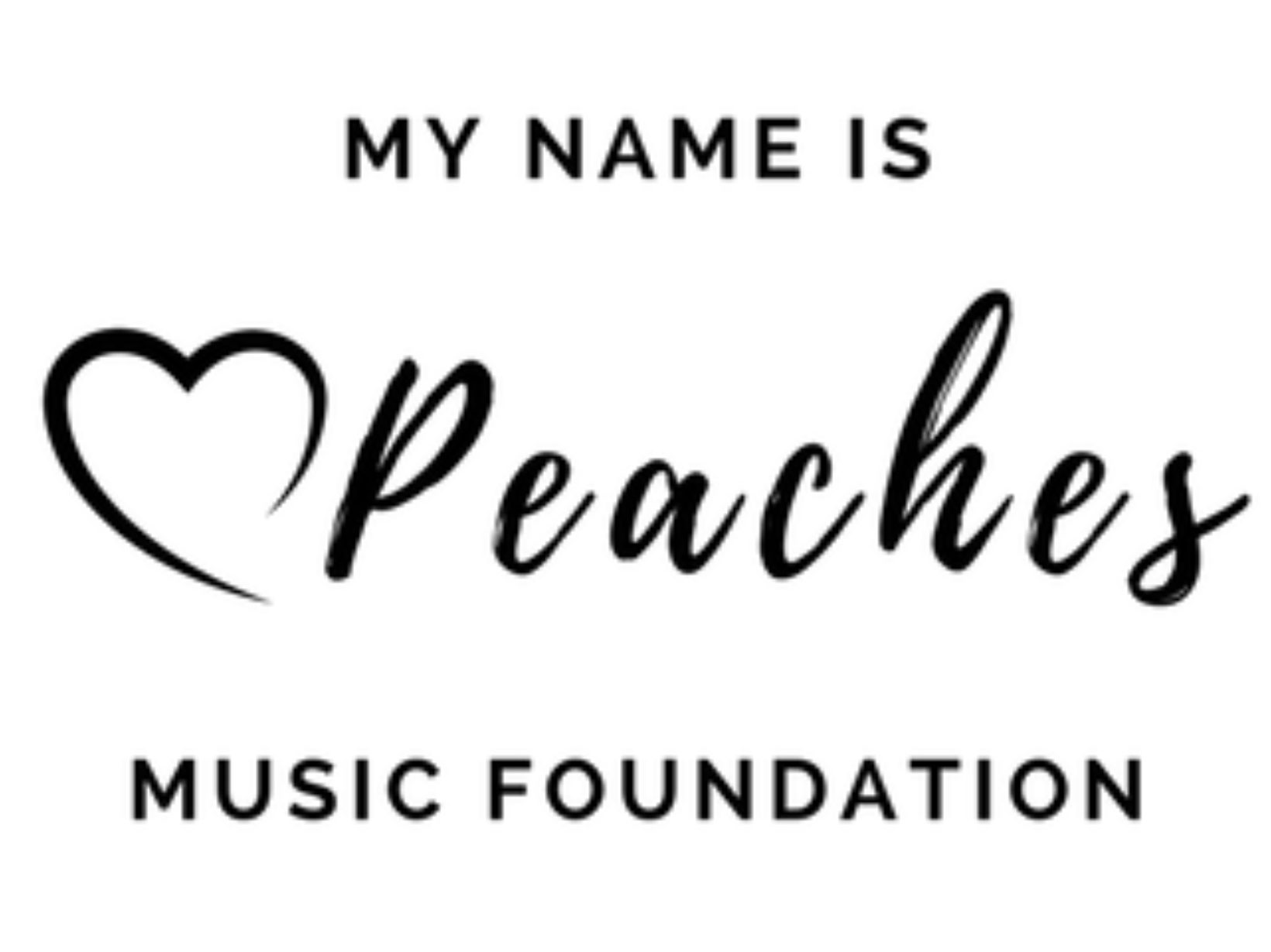For some children, the world of words can be a labyrinth—a place where traditional forms of communication feel less like paths to understanding and more like walls that box them in. These children may carry within them a symphony of thoughts and ideas, yet find the usual avenues of expression—speaking or writing in prose—overwhelming or inadequate. However, there’s a melody that can guide them through the maze: the melody of songwriting.
Beyond Conventional Communication
Traditional communication demands a certain structure, a conformity to rules and patterns that can be restrictive. Some children, especially those with unique learning differences or speech and language challenges, may struggle with these constraints. They might have a universe of ideas but face difficulty in aligning their thoughts with the expected patterns of communication, leaving them feeling frustrated and unheard.
The Lyrics of Liberation
Songwriting offers a different rhythm—a more liberating mode of self-expression. In song, the pressure of grammatical precision fades away, making room for a more fluid and dynamic form of expression. Through lyrics, children can paint their thoughts in broad strokes of metaphor and emotion, with the music providing both a scaffold and a companion to their words.
A Bridge Over Verbal Barriers
For those who find direct verbal communication daunting, songwriting can be a bridge. The act of composing a song taps into different cognitive processes, often more intuitive and less intimidating than straightforward conversation. The melody can act as a guide, leading the child gently towards self-expression, while the rhythm can give a comforting structure without the rigidity of formal language.
Engagement Through Song
Music has a universal appeal—it’s engaging and often more inviting than other forms of communication. A child may balk at writing a paragraph but leap at the chance to write a song. This enthusiasm opens doors to communication that might otherwise remain closed. By engaging with songwriting, children can develop their language skills in a context that feels more like play than work.
Songs as a Social Key
Songwriting is not just a solitary activity; it can be a social key that unlocks peer interaction. Sharing a song can be less intimidating than engaging in conversation, providing a child with a way to connect with others on their own terms. As children share their music, they find common ground with their listeners, fostering connections that reinforce the value of their thoughts and feelings.
The Harmony of Self-Understanding
Songwriting encourages reflection. As children search for the right words and melodies, they delve into their own experiences, feelings, and thoughts. This introspective journey can lead to greater self-understanding and a boost in self-esteem as they discover they do have a voice and a unique way of sharing it with the world.
In summary, when traditional modes of communication present barriers, songwriting can be the key that unlocks expression. It’s a medium that respects the individuality of each child, allowing them to set their own pace, find their own rhythm, and ultimately, sing their own story. By incorporating songwriting into the avenues of expression available to children, we validate their voices and reaffirm that everyone deserves a chance to be heard—no matter what form that expression takes.
